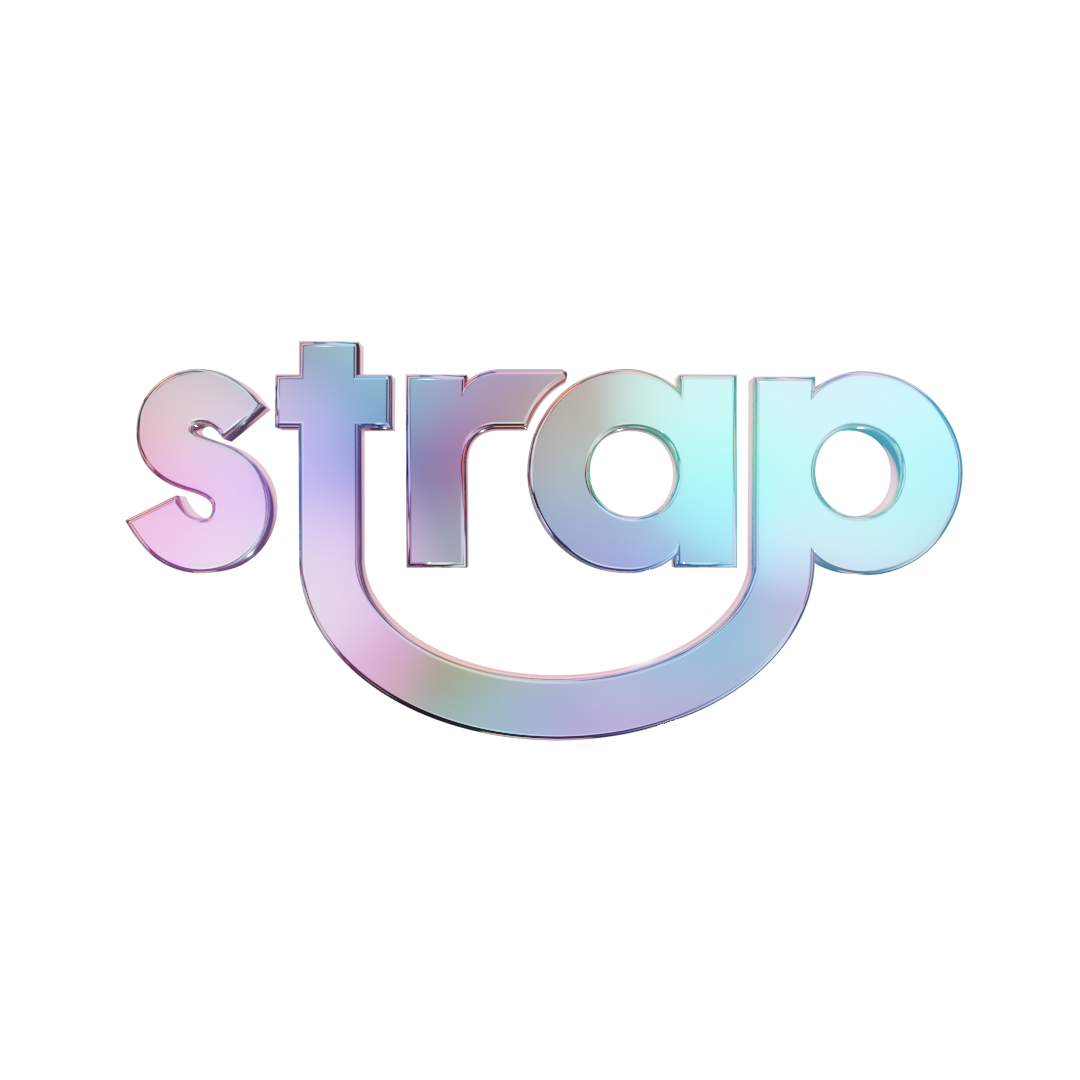What Actually Happens When You Develop Film?
You’ve shot your roll of film or disposable camera—now what? If you're new to film photography, the whole process of "developing" can seem mysterious. But don’t worry—it’s not magic (though it kind of feels like it). It’s science, chemistry, and a bit of art.
At Strap Photo Club, we handle film development every single day at our in-house Strap Film Lab. Here’s exactly what happens after you send us your film, broken down for beginners.
1. You Shoot the Film (Light + Chemistry)
Film is light-sensitive. Inside every roll of 35mm or disposable camera is a strip of film coated in a layer of silver halide crystals. When you take a photo, the shutter opens briefly, allowing light to hit the film and create a hidden image called a latent image.
This image isn’t visible until it goes through chemical development.
2. You Send It to Us (We Handle the Rest)
Once you’ve finished your roll or disposable camera, you send it to Strap Film Lab in a prepaid mailer (included with every Strap Photo Club kit). Our expert team starts processing it within days of receiving it.
3. We Develop Your Film (Turning Light Into Image)
This is where the real magic begins. The film goes through a series of precise chemical baths that:
- Develop the image: The latent image is made visible by turning the exposed silver halide crystals into metallic silver.
- Stop development: A rinse stops the reaction so the image doesn’t keep changing.
- Fix the image: A fixer removes unexposed crystals so your photo won’t fade when exposed to light.
- Final rinse and dry: The film is washed and hung to dry in a dust-free environment.
Each type of film (color, black-and-white, slide) requires a different chemical process. At Strap, we use fresh chemicals and professional timing to ensure top-quality results.
4. We Scan the Negatives (Your Photos Go Digital)
Once your film is dry, we scan each frame using high-resolution professional scanners like the Noritsu HS-1800 or Fuji Frontier SP-3000. These machines turn your negatives into digital files, adjusting color, contrast, and exposure along the way.
You can choose between:
- Standard Scans: Great for sharing online or printing small.
- High-Res Scans: Perfect for framing, archiving, or professional use.
5. You Get Your Photos Back (And Maybe Some Prints)
Once your film is scanned and cropped, we deliver your images straight to your inbox via a private gallery. If you ordered prints, we’ll ship those to your door too—on premium photo paper and perfectly color-matched.
No guessing, no waiting weeks. Just crisp, timeless film photos you can actually enjoy.
Why Develop Film with Strap?
There are a lot of labs out there, but here’s why Strap Film Lab stands out:
- Fast turnaround times
- Consistent, pro-grade scans
- Friendly support and clear communication
- Custom packages for disposable cameras, 35mm, and 120 film
- One-stop-shop for development, scans, and prints
We handle your film like it's our own—because we’re film shooters, too.
Film Isn’t Dead. It Just Needs Developing.
Whether you’re new to film or reliving the nostalgia, we make the process easy, exciting, and totally stress-free. Just shoot, send, and relive your moments—all with that special film look that digital can’t replicate.
Ready to get started?

